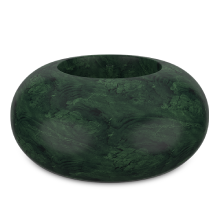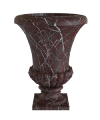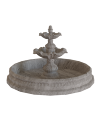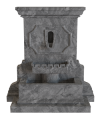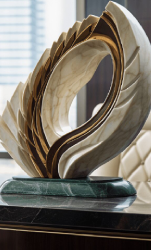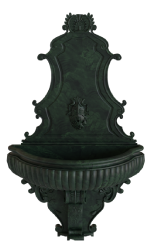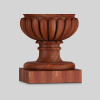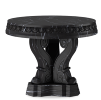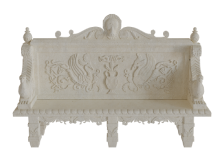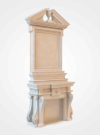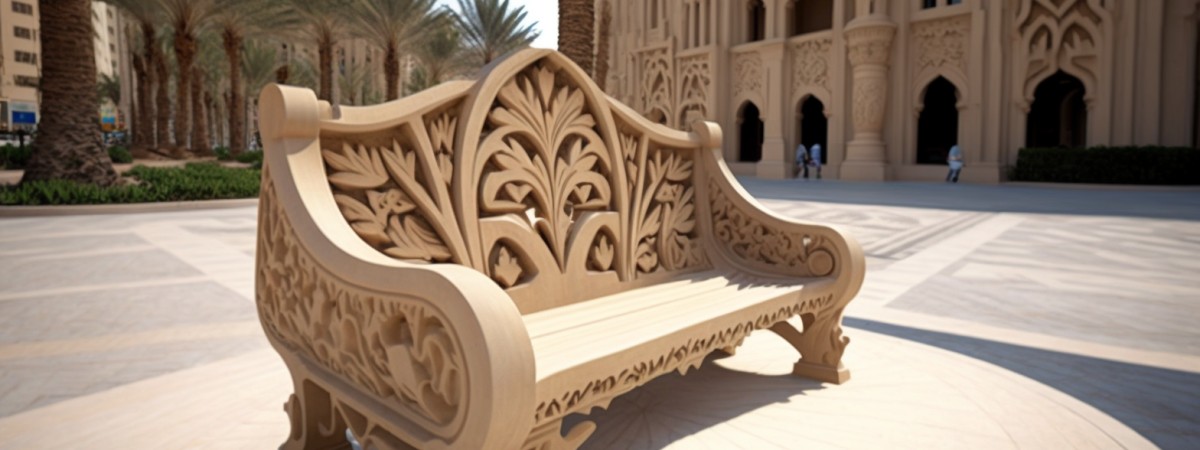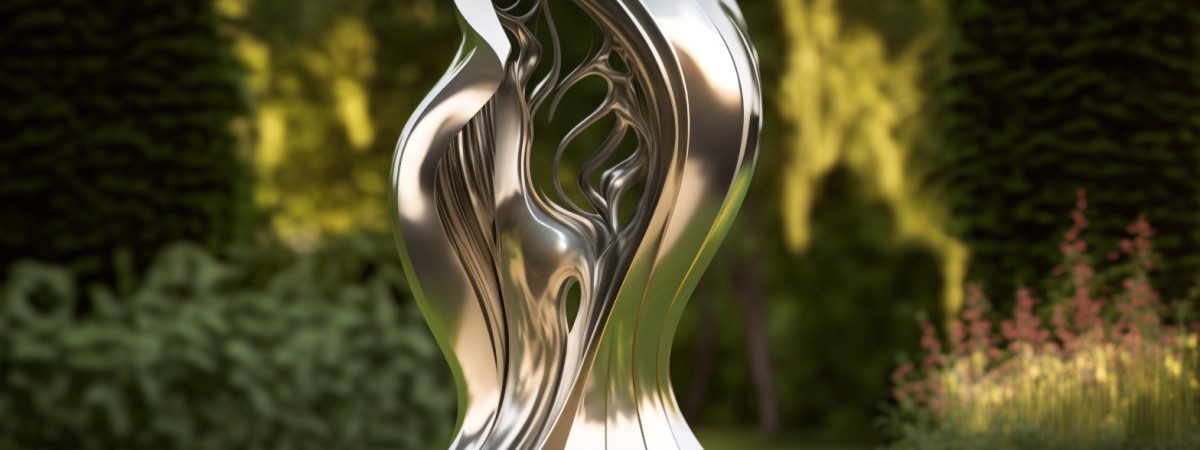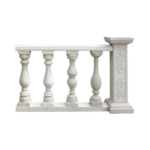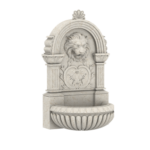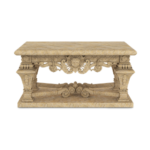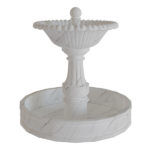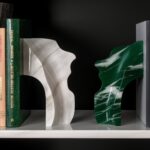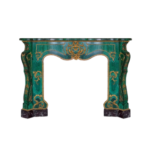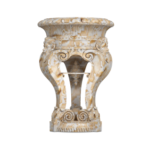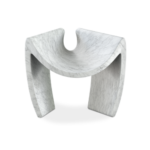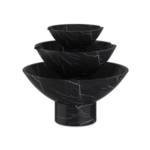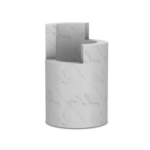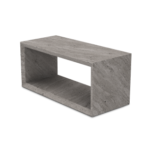January 3, 2024 Author: John Samuel
Designing with Fountains: Techniques for Incorporating Water Features into Hardscaping
Any landscape designer will find designing fountains to be both difficult and exciting. Fountains can be incorporated into a variety of hardscaping designs since they provide movement, sound, and vitality. Landscape designers should know the way to include fountains in their designs if they want to create a harmonious setting.

Standalone water features are an excellent illustration of how to incorporate fountains into hardscaping designs. Standalone water features, both traditional and modern, can be placed anywhere in a landscape. By including sound, movement, and a focal point, they give the landscape life. Powered by electricity or the sun, standalone fountains can be made of stone, metal, or glass.

Water walls are a different way to incorporate fountains into hardscaping. Water walls are built into walls or other architectural elements that resemble fountains. This can provide a startling and dramatic effect when used with lighting. Several patterns of water can pour down the wall in discrete or interactive water walls.

Natural features are a third way to add fountains to hardscaping. It’s possible to include a fountain into a rock garden or for its water to originate from a nearby pond or stream. This method has a soothing effect when applied in a natural setting.
Natural components can also contribute to the harmony between the constructed and natural environments.

Lighting is another way to incorporate fountains into hardscaping. The use of lighting could create excitement and movement by guiding the eyes to the fountain. This functions particularly effectively when combined with architectural features like water walls. Lighting can set the mood or accentuate specific fountain elements.

Using multiple levels is the fifth way to use fountains in hardscaping designs. One illustration is a lower fountain that may be seen from a terrace or balcony. When applied to statues, plants, or other art pieces, this can add depth.

Using sound in hardscaping designs is the sixth way to incorporate fountains. Water sounds can help people relax and calm down when they are paired with illumination or other natural elements.

Using different water flows is the sixth way to employ fountains in hardscaping. This might incorporate a trickling or cascading water effect. Water flows can be used to generate movement when combined with lighting or other natural components.

Last but not least, adding fountains to hardscaping plans is a rewarding and challenging undertaking for any landscape designer. The use of various water features, integrated water walls, natural elements, lighting, multiple levels, sound, and multiple water flows are just a few of the methods for creating a harmonious environment. Landscape architects may construct a beautiful water feature that enhances the landscape by understanding and efficiently utilising these techniques.
Contact Marblising to discuss your forthcoming project.




